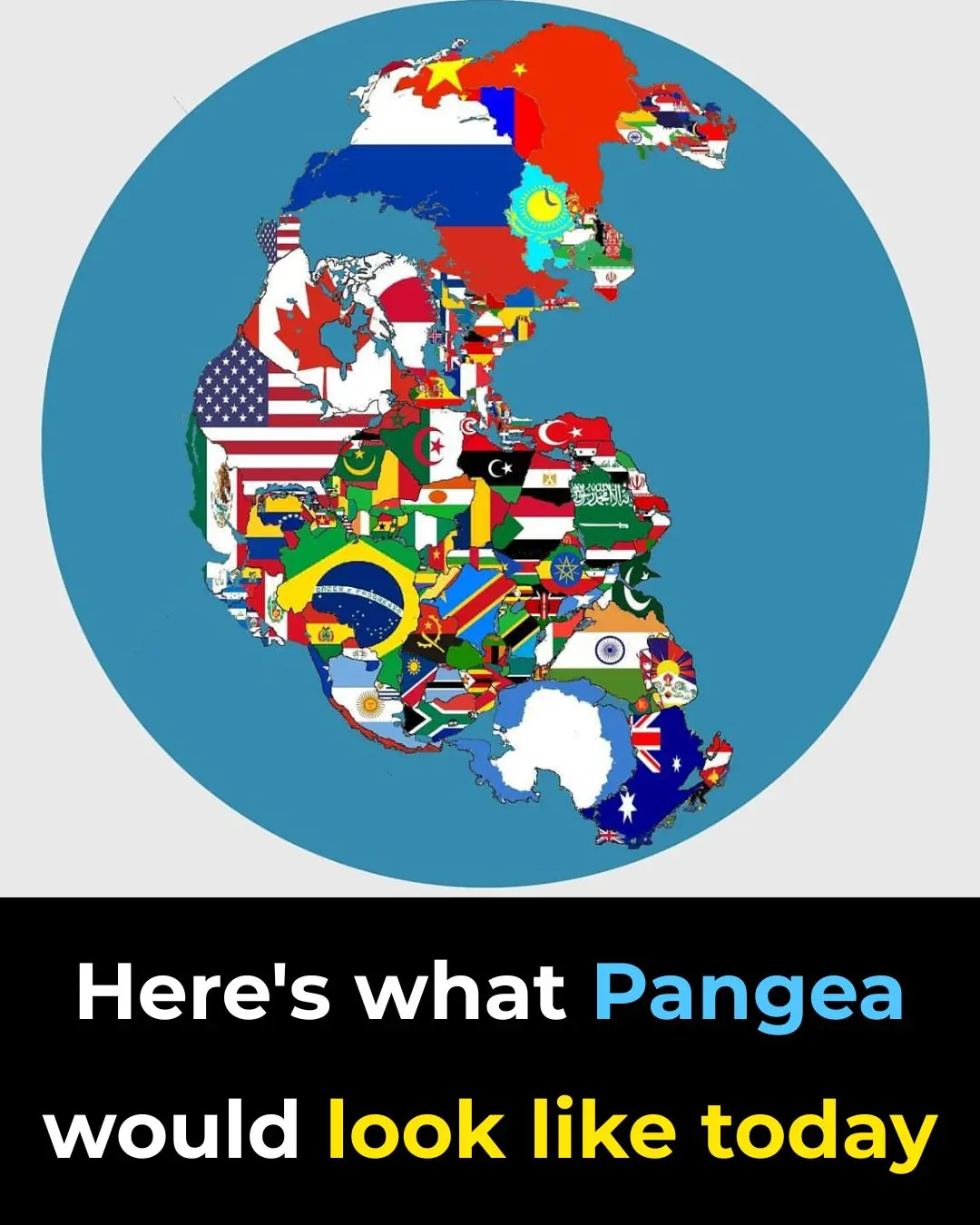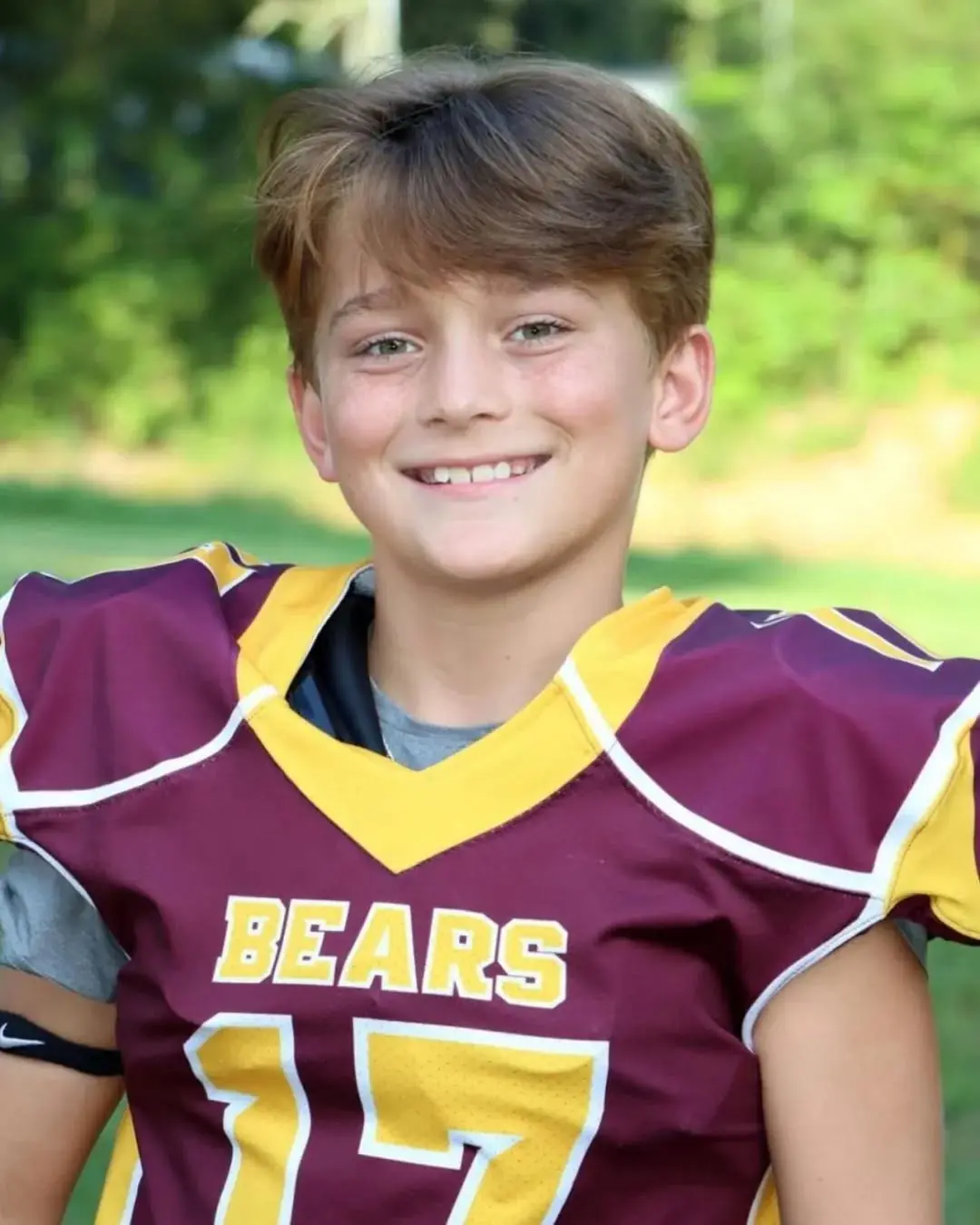
The Duckling Who Chose a Mountain Lion as Its Mother
The Duckling and the Mountain Lion: A Story of Instinct, Wonder, and Belonging
In a quiet, unassuming town tucked between wooded hills and open fields, whispers slowly turned into wide-eyed wonder. Locals began sharing unbelievable reports—stories of a tiny duckling trailing closely behind a mountain lion. At first, these tales were dismissed as folklore or the kind of exaggerated chatter that thrives in small communities with slow news days. But then, the photos appeared.
Grainy but unmistakably real, the images captured something extraordinary: a fragile baby bird waddling just steps behind one of nature’s most formidable predators. The pair was seen walking calmly along a dusty trail at the forest’s edge, the mountain lion in front, the duckling dutifully following behind. Within hours, the pictures had spread like wildfire, captivating viewers far beyond the town's borders and igniting a tidal wave of curiosity, disbelief, and awe.
How could such a bizarre partnership even exist?
Scientists were among the first to offer explanations. While the image seemed almost magical, their response was grounded in biology. Ducklings, they explained, are born with a powerful instinct called imprinting—a deeply rooted behavioral response where they identify and attach to the first moving figure they see, assuming it to be their caregiver. Typically, that’s their mother. But in the absence of her presence, anything—anyone—can become that anchor.
So, what happens when a duckling is born into the world alone, without the guiding shape of its mother? In this peculiar case, it appears that nature filled the void with the most unlikely guardian imaginable. The duckling saw the mountain lion—and imprinted. To the tiny bird, this towering feline wasn’t a predator. It was home.
“The science adds up,” explained one wildlife biologist. “But what captures the human imagination is the emotional undercurrent. It’s not just about behavior—it’s about how instinct can sometimes create something so visually and emotionally powerful, we can’t help but feel moved.”
For the townsfolk who witnessed the scene firsthand, the experience felt surreal. One hiker, who captured the original viral photos, admitted he froze in place. “I was holding my breath,” he said. “I kept thinking the lion would turn around, notice the duckling, and that would be it. But it didn’t. It just kept walking. And the duckling... it just kept following.”
The internet exploded with theories and emotional reactions. Was the mountain lion aware of its feathery follower? Did it tolerate the duckling out of curiosity, simple indifference, or something more profound? Some speculated the lion had recently lost cubs and perhaps felt a flicker of recognition. Others believed it was pure coincidence—a brief moment where instinct and circumstance aligned.
Regardless of the scientific reasoning, people couldn’t help but read something deeper into the story. In an era saturated with stories of conflict and disconnection, this unusual pairing offered a glimmer of unexpected unity. It became a symbol—of innocence, trust, and the primal need to belong.
The duckling didn’t stop to assess the risk. It didn’t recognize the danger society teaches us to fear. It saw movement. It saw a figure. It saw, perhaps, the only life form nearby. And it followed. That unfiltered trust, so pure and instinctive, resonated with people around the world. It echoed our own hidden desires—for connection, for safety, for someone to follow when we’re lost.
Of course, as biologists were quick to caution, such pairings are rare—and rarely end well. Nature, after all, is not sentimental. The mountain lion remains a predator, governed by instincts just as primal as the duckling’s. But in this case, for reasons we may never fully understand, something different happened. For a fleeting moment, a fragile orphan found something to cling to—and survived.
Even weeks after the sighting, the image lingers in conversations, in newsfeeds, in the quiet corners of the heart. Teachers have shared the story with students. Artists have painted it. Parents have talked about it with their children at bedtime. It’s become more than an odd animal encounter—it’s become a parable of trust, survival, and the strange, sometimes beautiful ways life can surprise us.
As one lifelong resident said while shaking her head in disbelief, “You’d think it was a joke if you didn’t see it. That little duck just wanted a mom. And somehow, for a moment, it found one—in the last place anyone would ever expect.”
And so, what began as a curious photo taken on a hiking trail became a story that circled the globe. Not just about a duckling and a mountain lion—but about the mysterious power of instinct, the courage of the lost, and the universal longing to feel safe, seen, and not so alone.
News in the same category

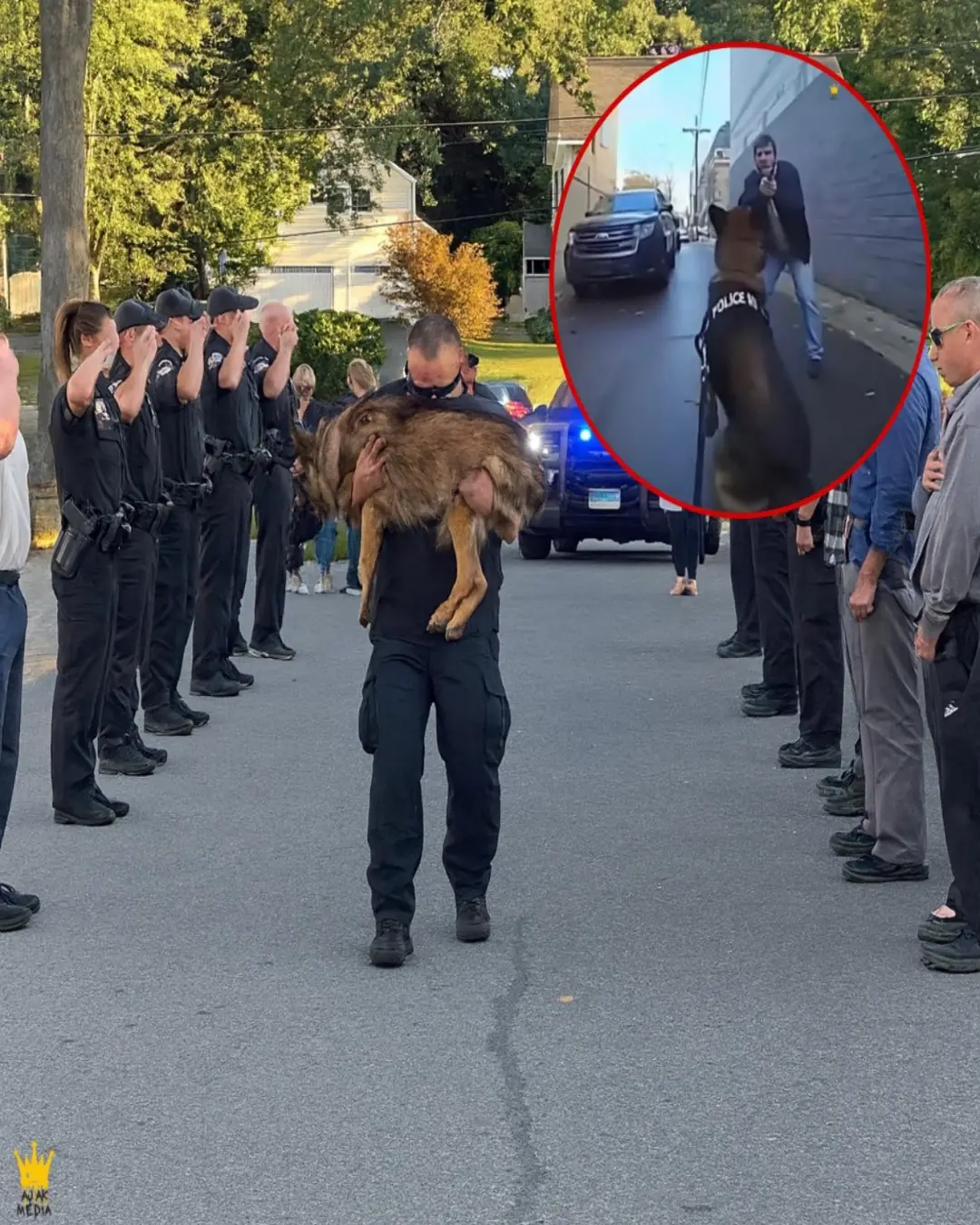
One Last Walk: The Officer Who Carried His Hero Home
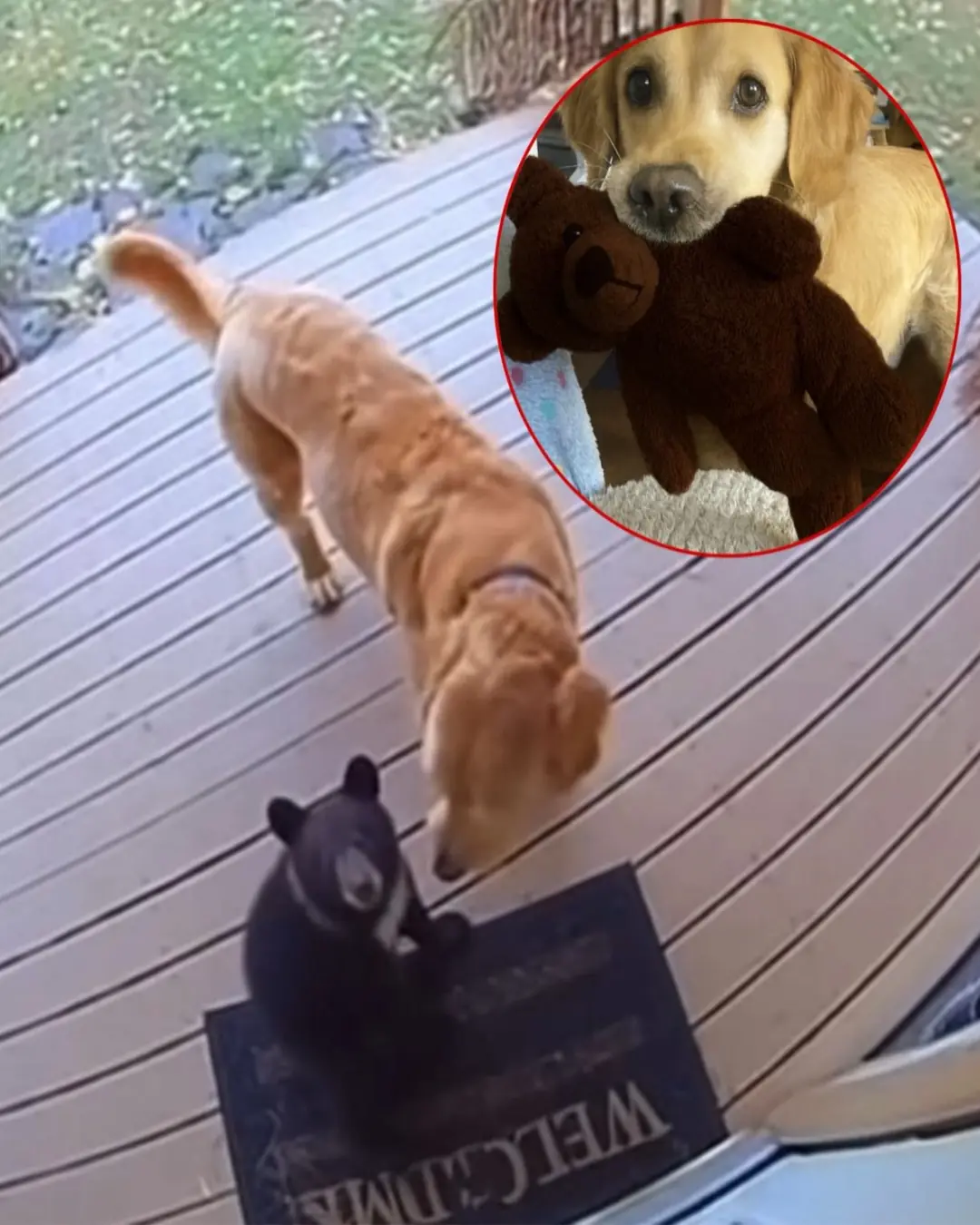
Buddy the Golden Retriever Mistakes Bear Cub for His Lost Teddy — Heroic Mischief Goes Viral
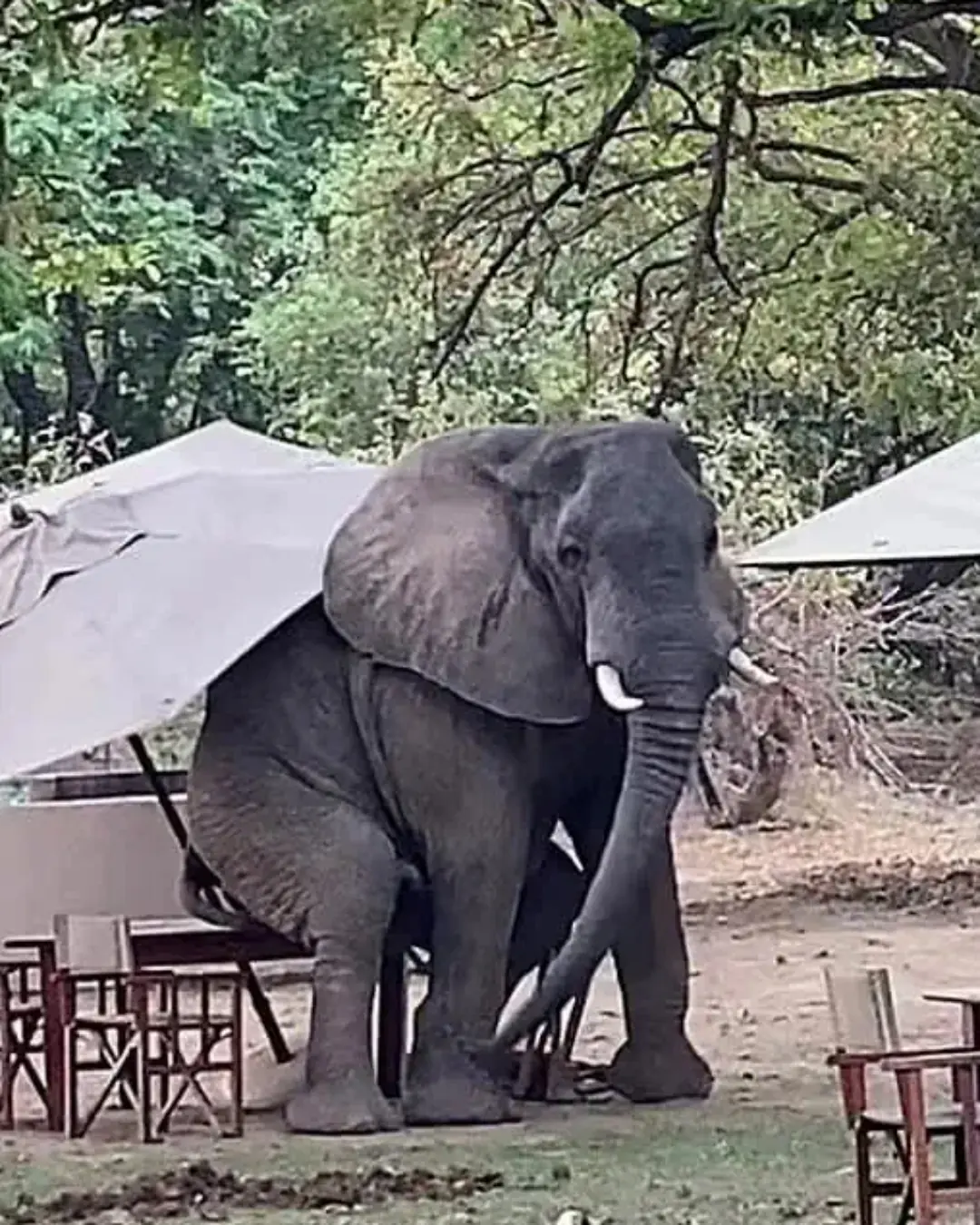
When the Elephant Wanted Coffee: A Day to Remember at the Safari Café.
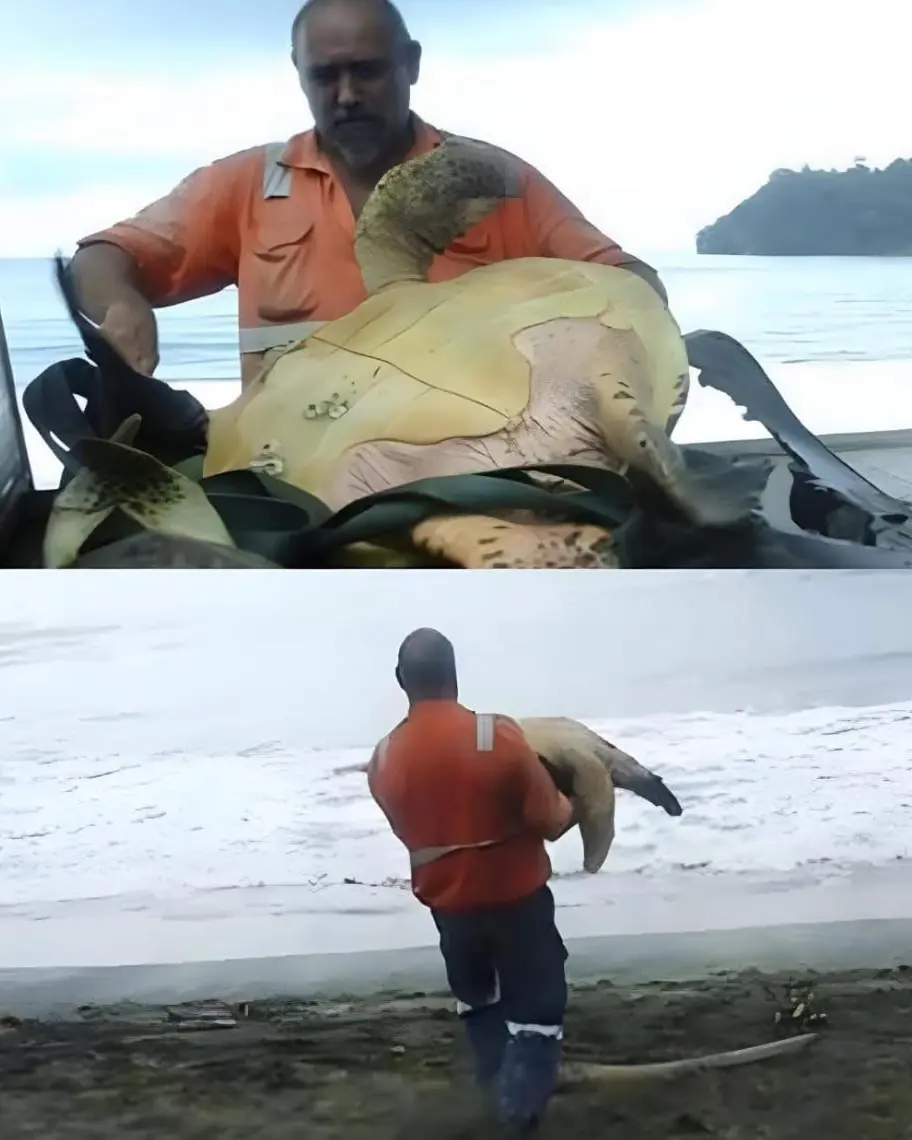
The Man Who Bought Freedom for Sea Turtles.
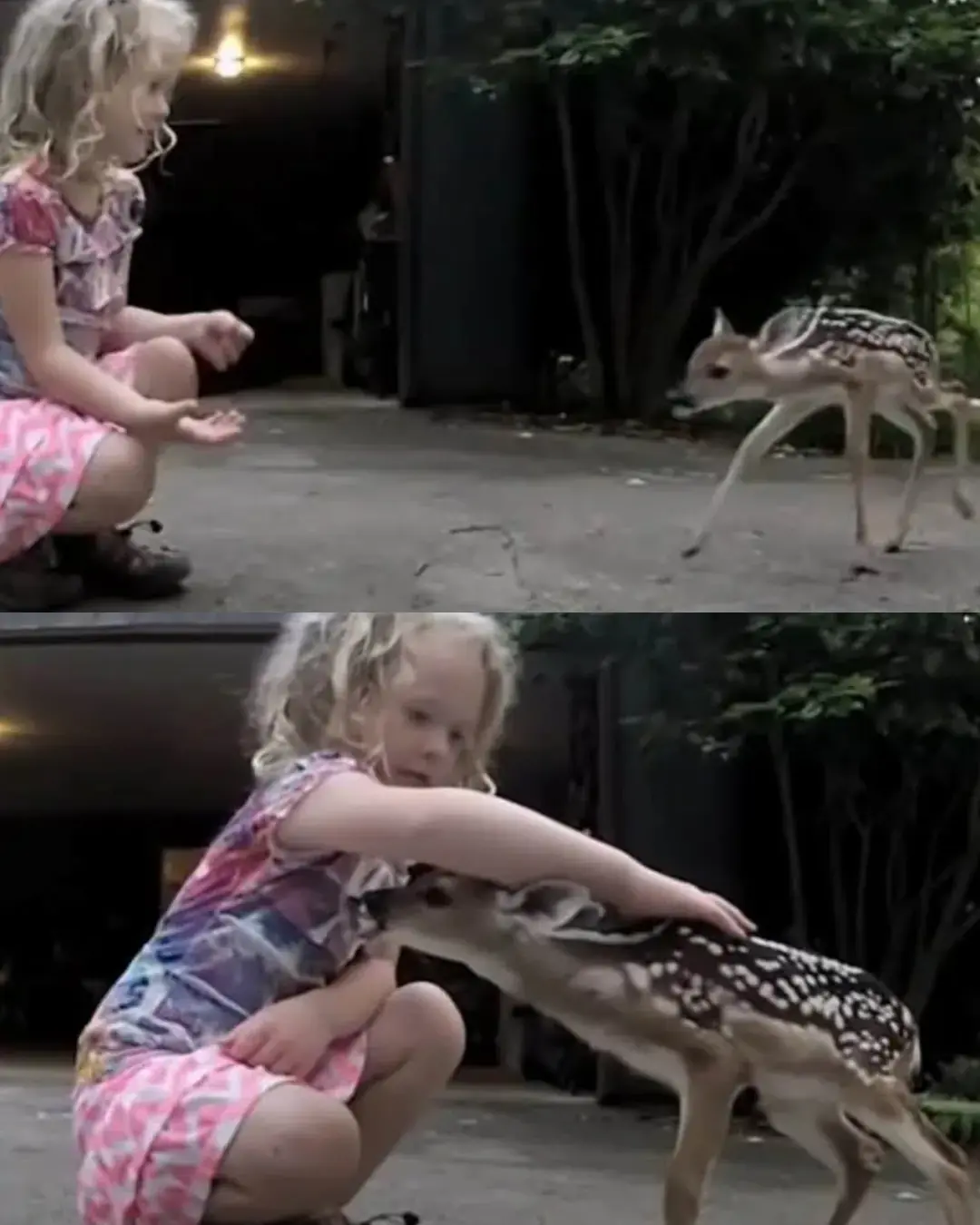
The Little Girl Who Spoke to the Wild.

Remembering Dre Thomas: A Young Hero Who Taught the World Courage

Havoc’s Journey: From Pain and Abandonment to Love and Community

Michalinka’s Fight for Life: A Tiny Warrior Who Won’t Give Up
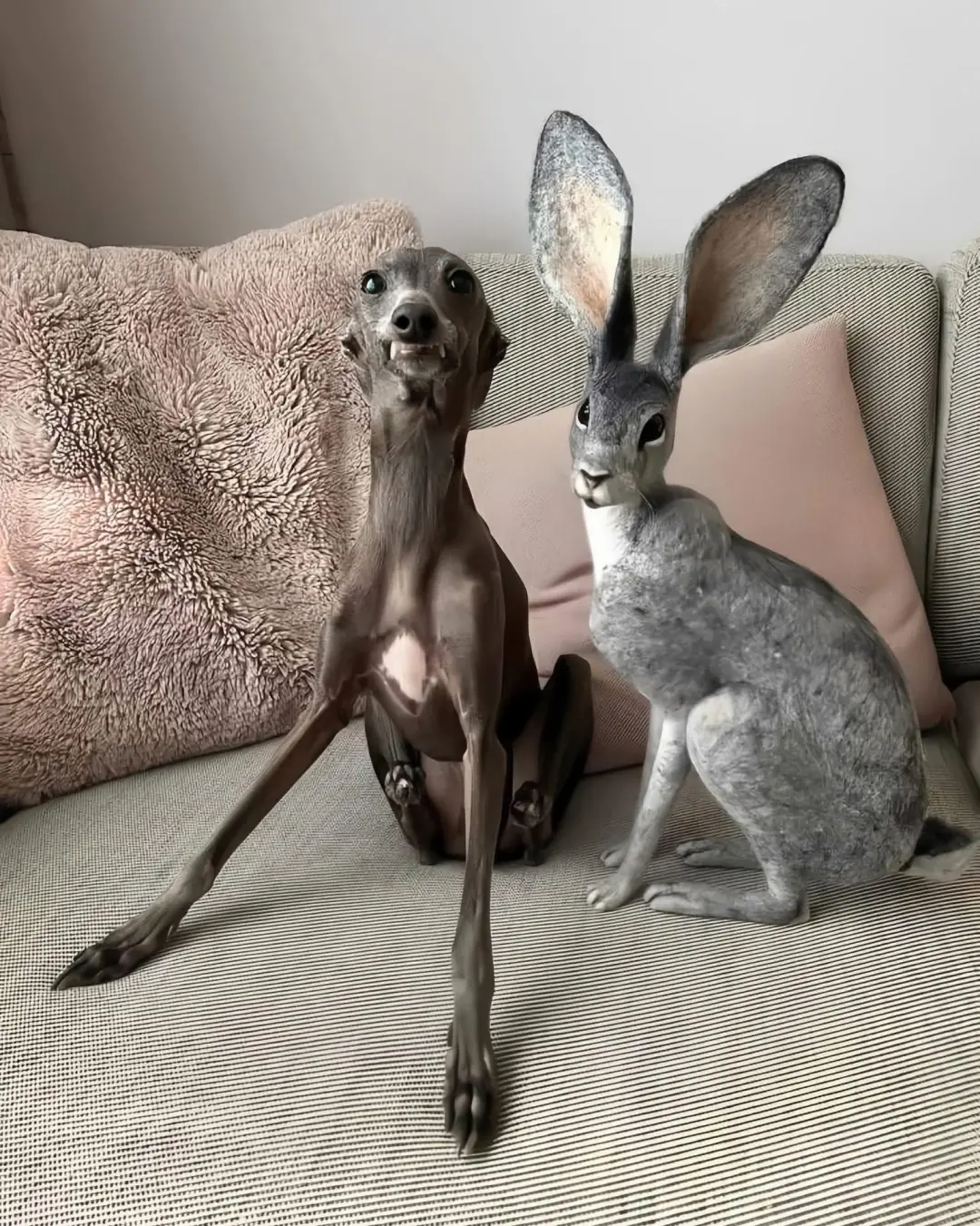
The Greyhound and the Rabbit: An Unlikely Pair That Proved Love Has No Boundaries
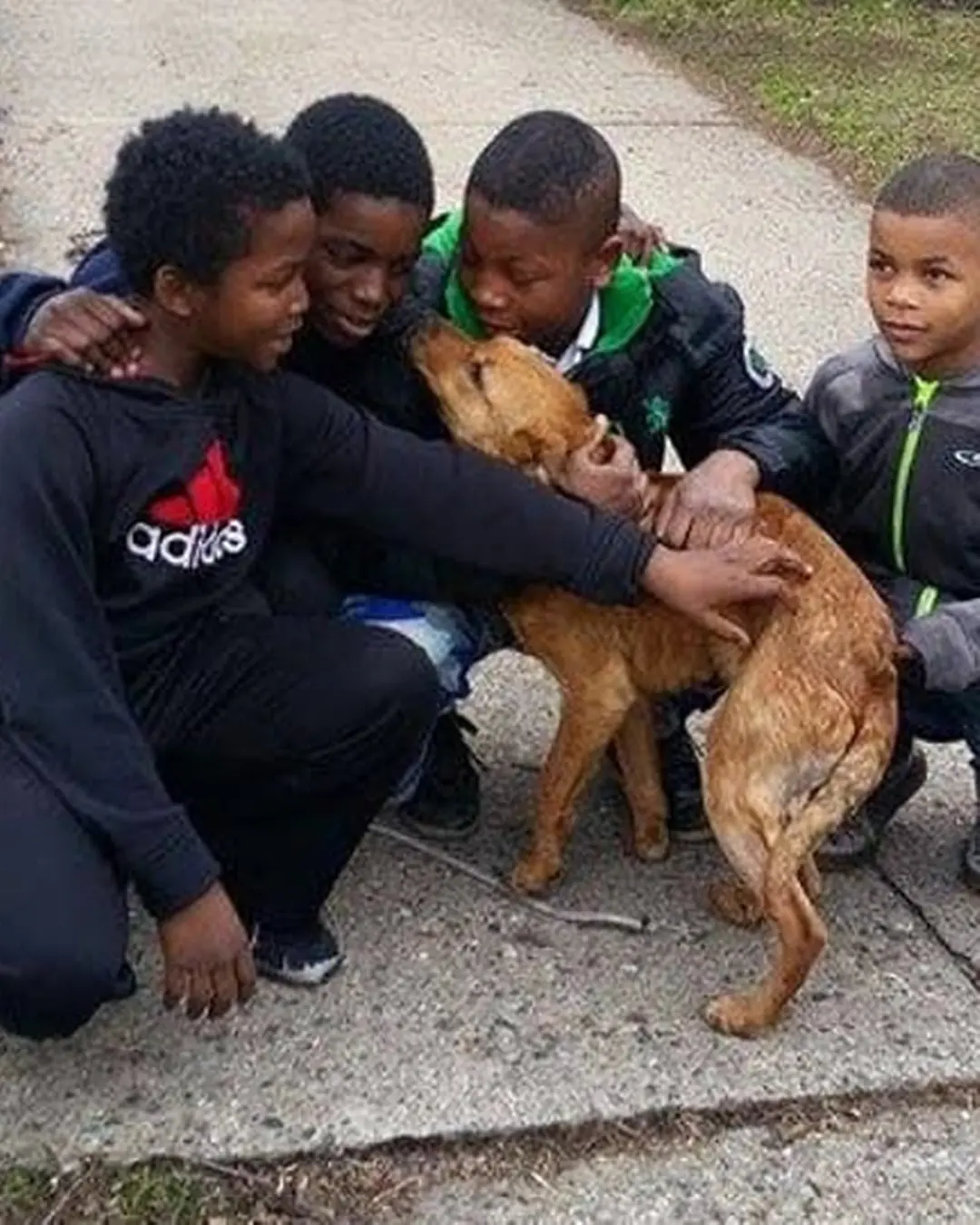
Four Boys, One Dog, Endless Courage
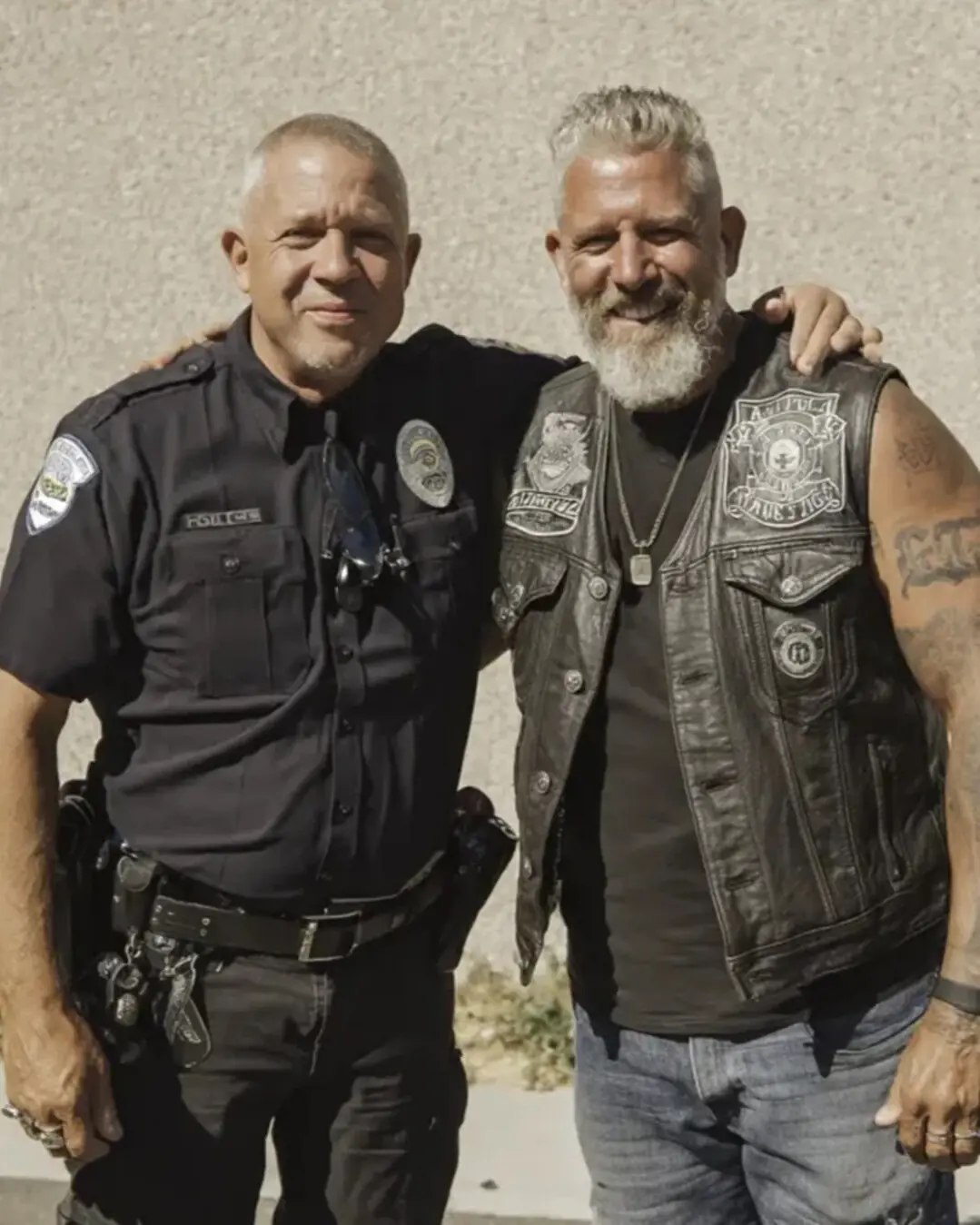
The Cop Who Fixed a Taillight and Lost Everything.

The Tragic Loss of US Navy Sailor Jose Rivera Lynch.
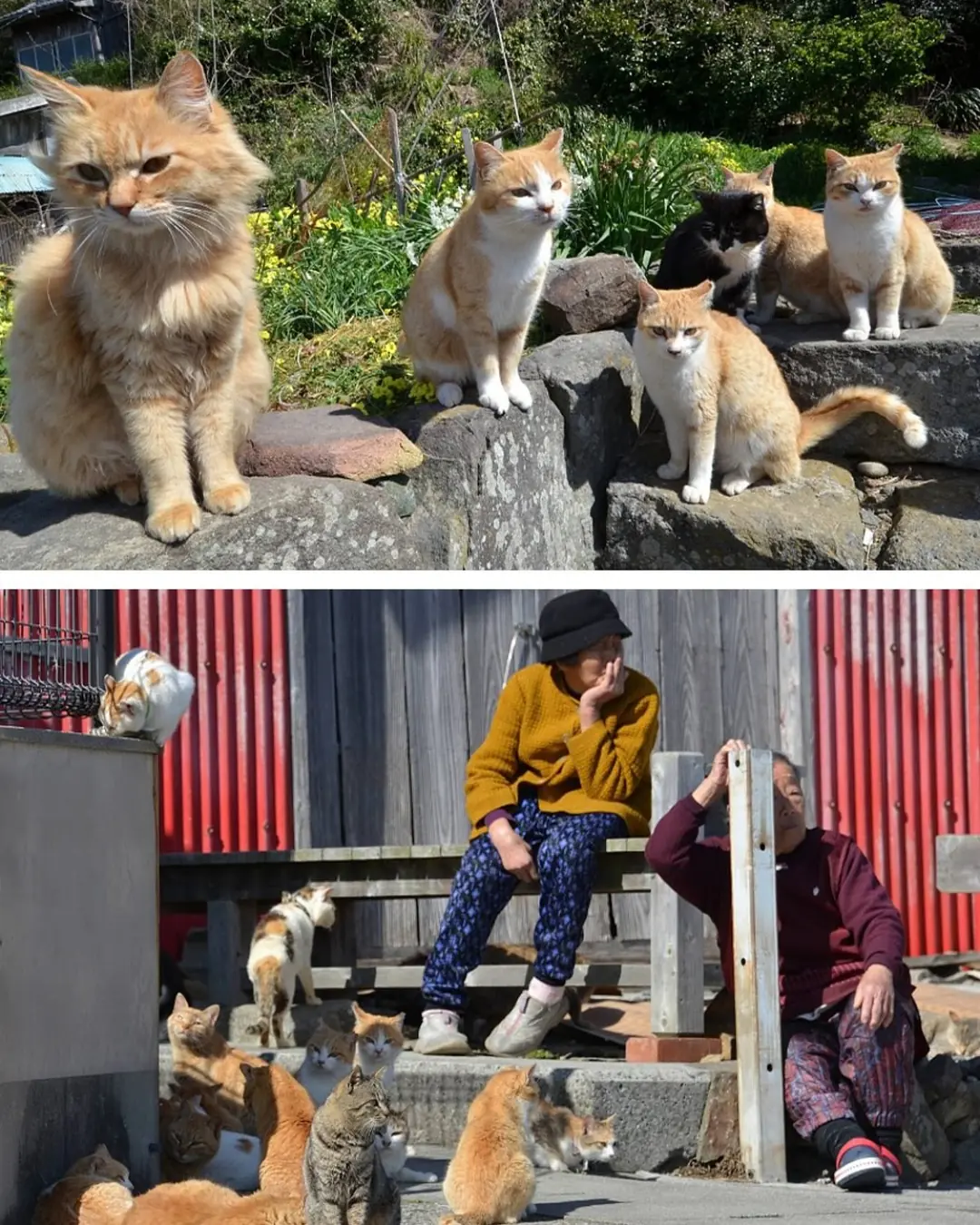
Aoshima: Japan’s Quiet Island of Cats

The Forgotten Souls Who Waited in Line: Lessons From Stray Dogs
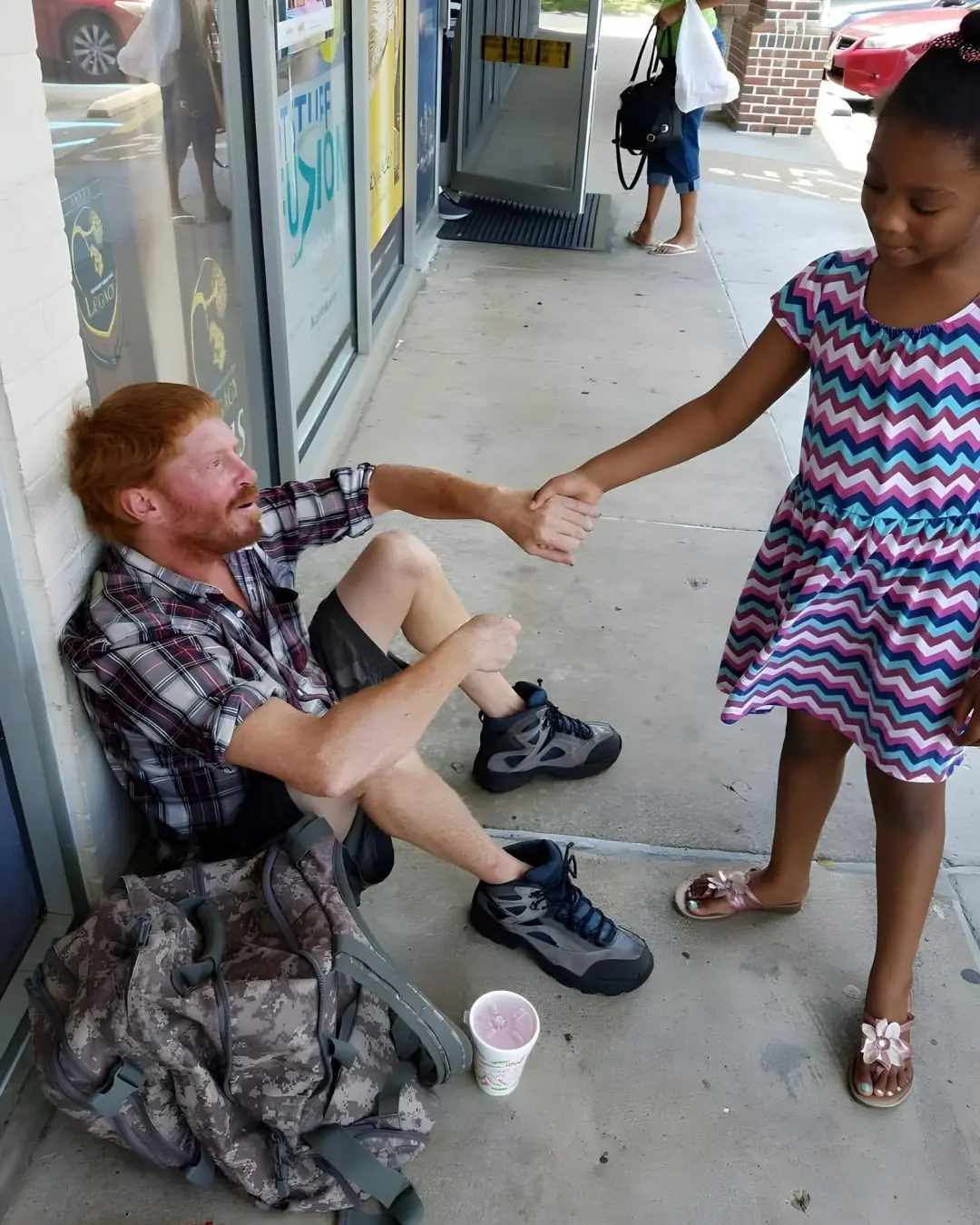
Small Hands, Big Lesson: What a 6-Year-Old Taught Me About Love

The Day Thor Proved a Dog Can Be a Soldier Too
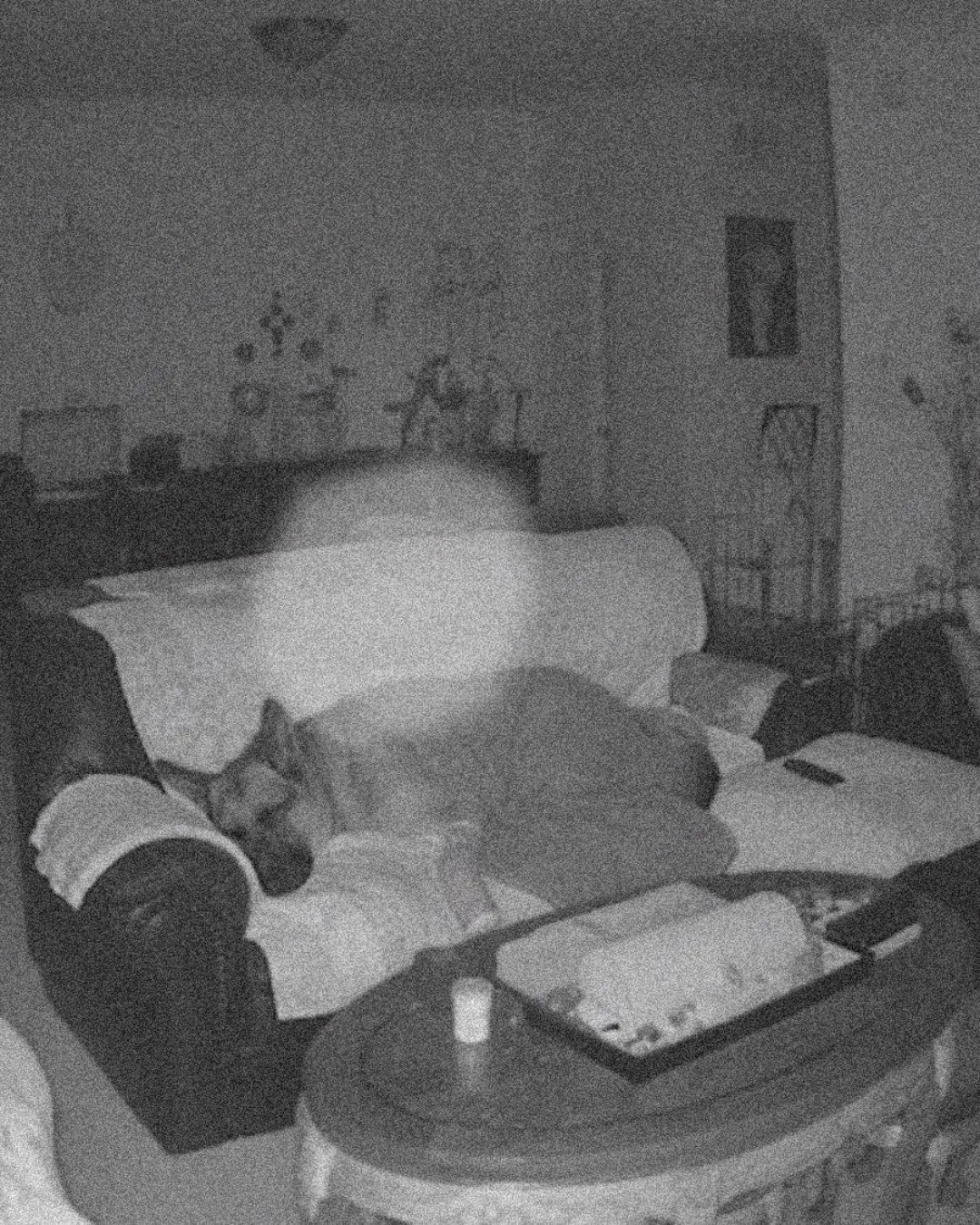
Family Believes They Captured Dog’s Spirit Leaving for Heaven

“A Police Officer’s Battle: Justin Beal’s Fight Against Cancer, Fueled by Family and Faith”
News Post

‘Shuts TF Up’: Scott Jennings’ Unhinged Back and Forth with Abby Phillip Takes a Turn When Van Lathan Begins to Speak

How to grow papaya in pots, fruit is heavy, big and sweet

Melissa Koby Becomes First Black Woman to Create Official U.S. Open Artwork, Honors Althea Gibson for 75th Anniversary

Save millions of electricity bills every year by knowing how to clean this part of the rice cooker

Mix banana peels with this and leave it in the corner of the house. After just 1 night, all the cockroaches will run away.

Joy-Ann Reid Returns to the Mic With New Podcast “The Joy Reid Show”

Kamala Harris Makes Surprise Appearance at Compton High Graduation After Chance Encounter With Student

4 ways to boil chicken without water

Tips to get rid of cockroaches from your house with easy-to-find ingredients that are both effective and extremely safe

Mix white vinegar with fabric softener to solve many household problems and save money.

Reading Rainbow Is Back With A New Host — Mychal the Librarian

Political Strategist Ashley Allison, Acquires The Root, Returning it to Black Ownership

Dr. Valencia Robertson Wells Becomes First Black President of the Alabama Optometric Association

Coronation Street Debbie Webster' secret child twist 'sealed' and her son is on cobbles
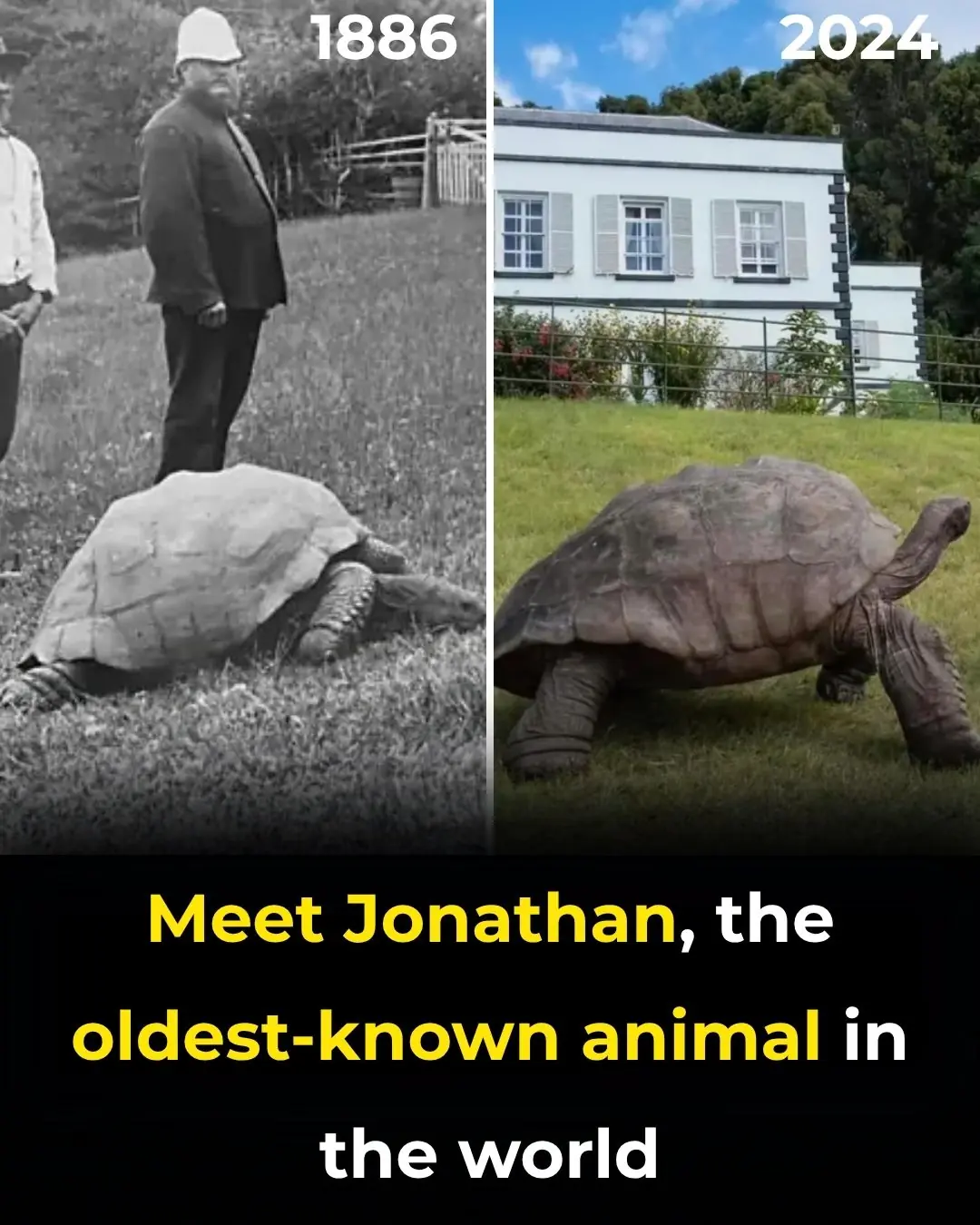
Meet Jonathan, The Oldest-Known Animal In The World

Mind-Blowing Cloud Formations You Probably Haven’t Seen Before

The Best Places to Photograph in Montana

A Thermometer Just Broke At -62°C (-80°F) In The World’s Coldest Village, And The Photos Are Breathtaking
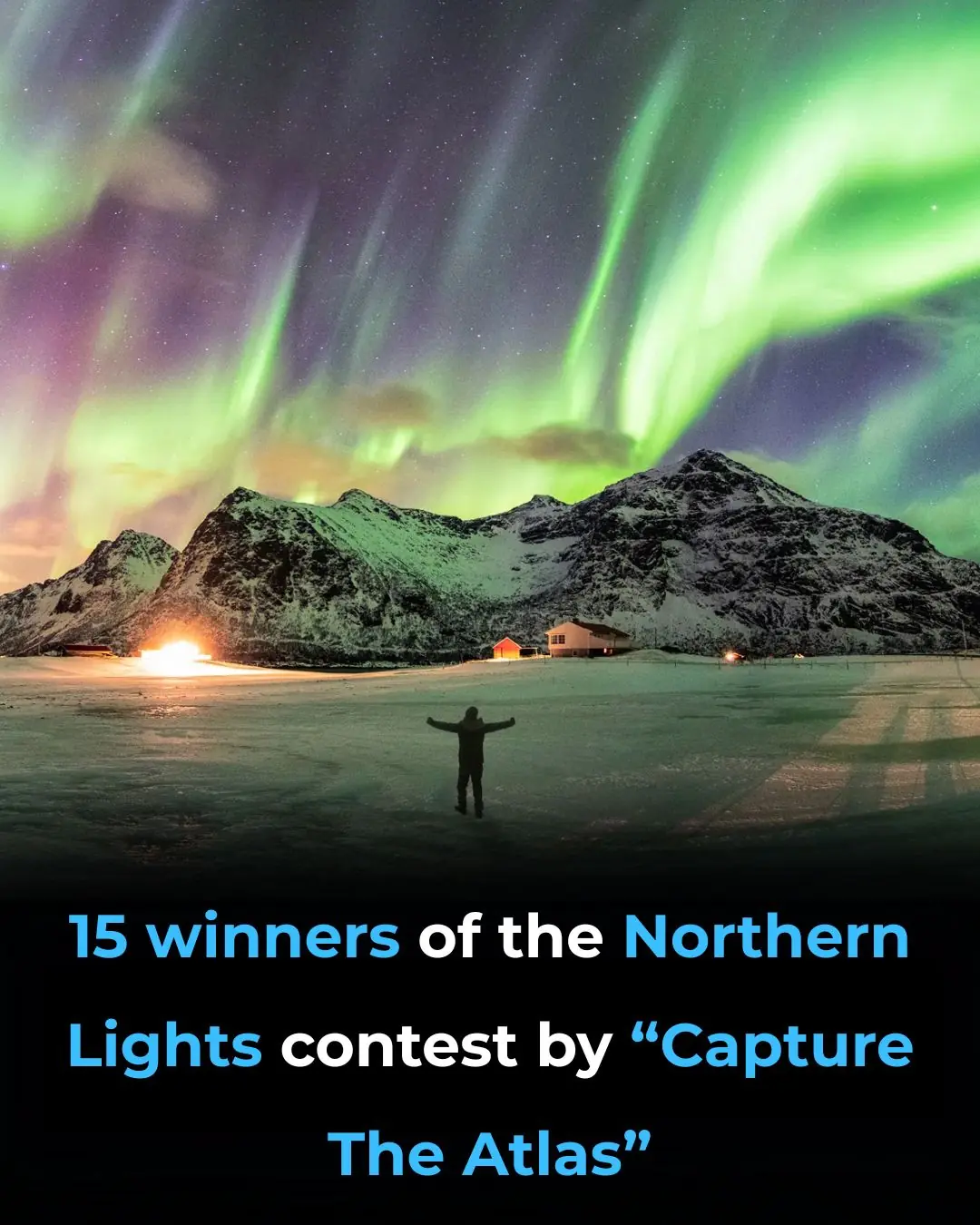
15 Winners Of The Northern Lights Contest By “Capture The Atlas”
